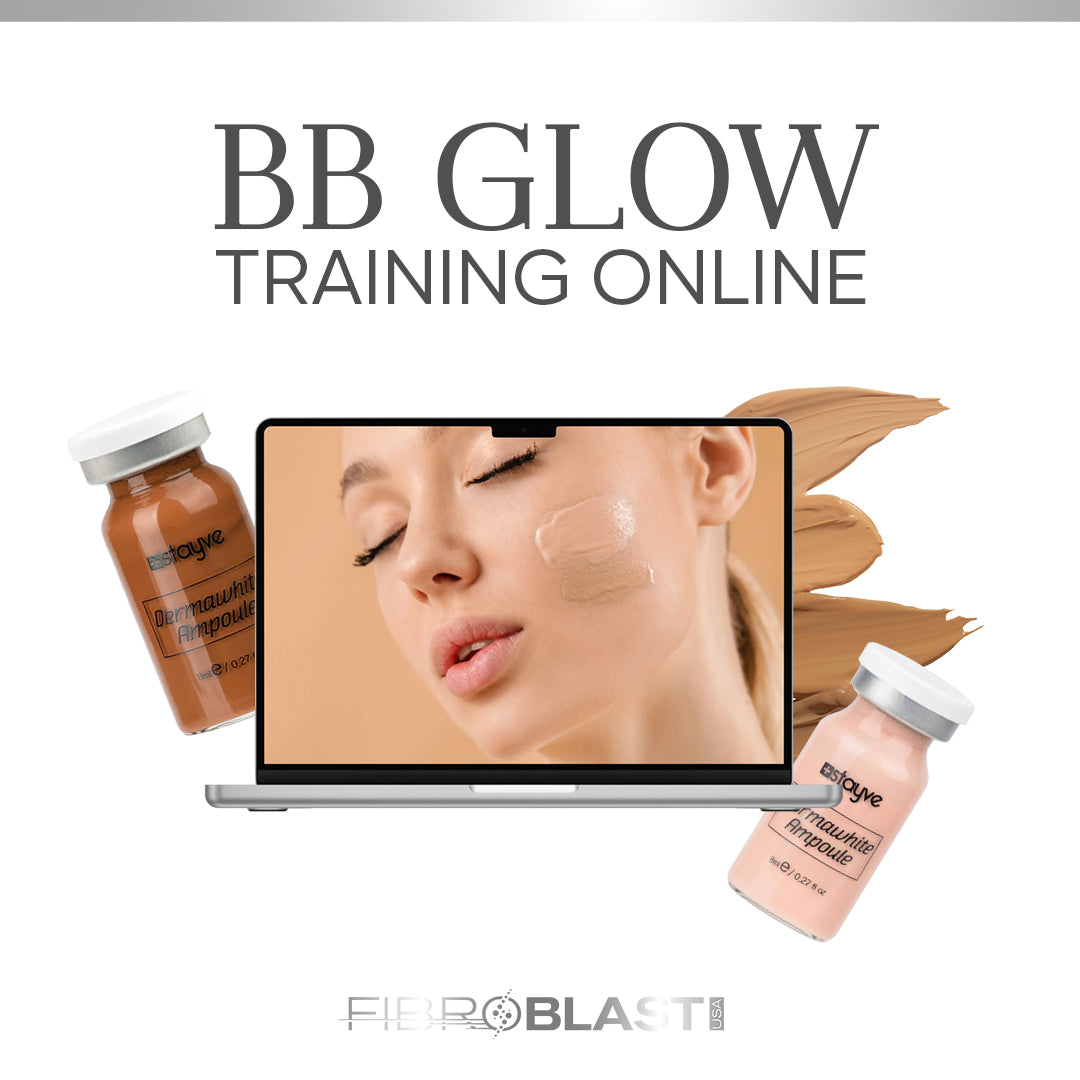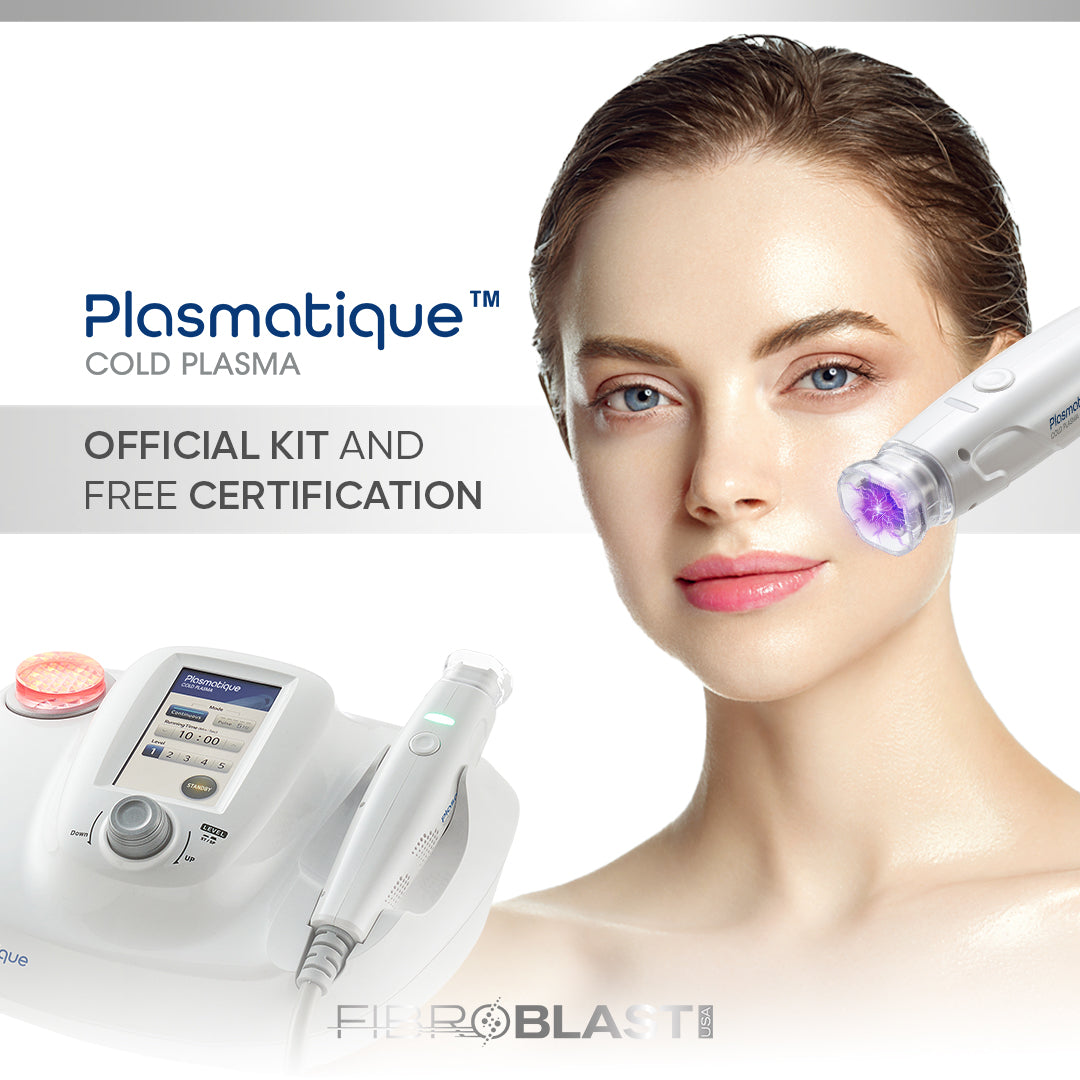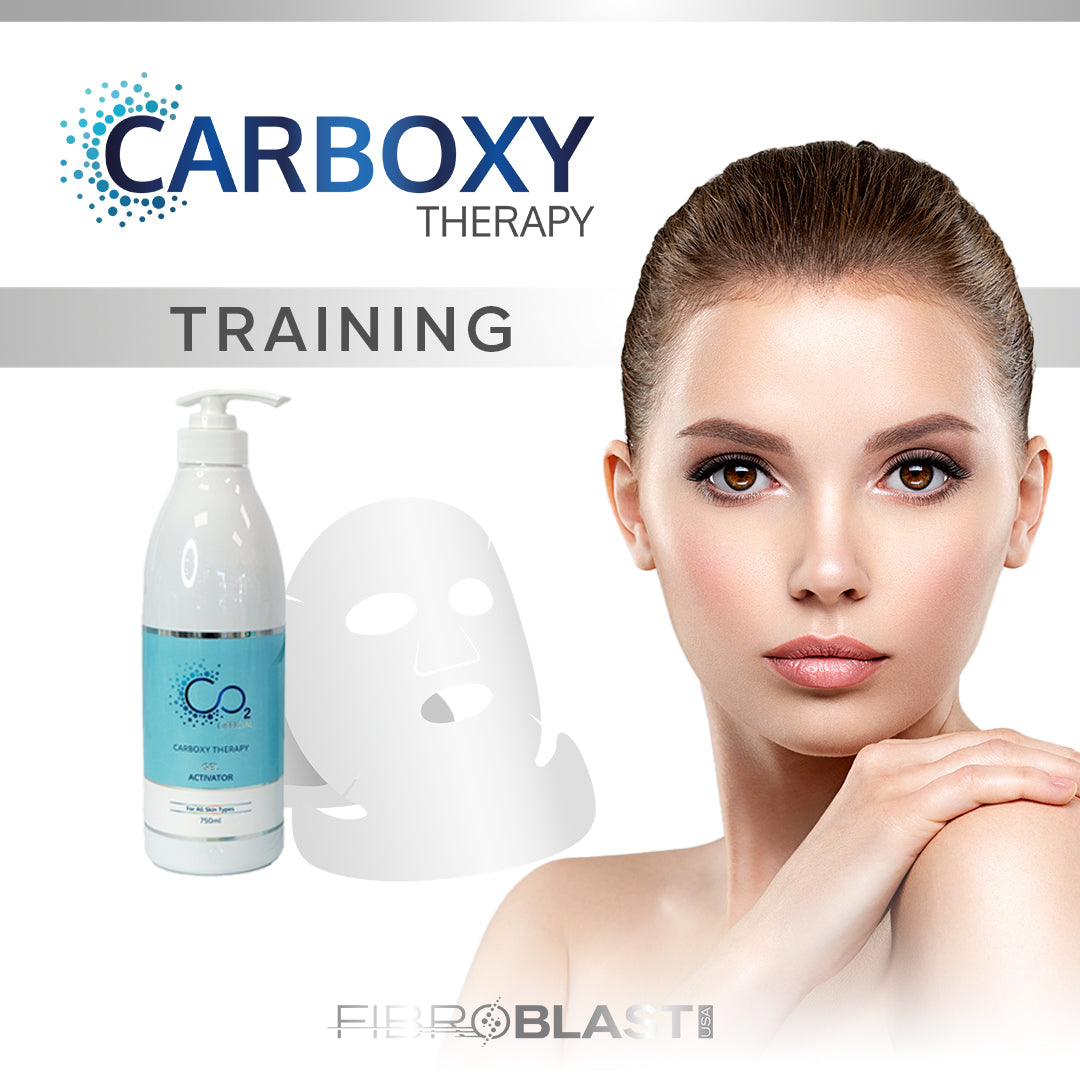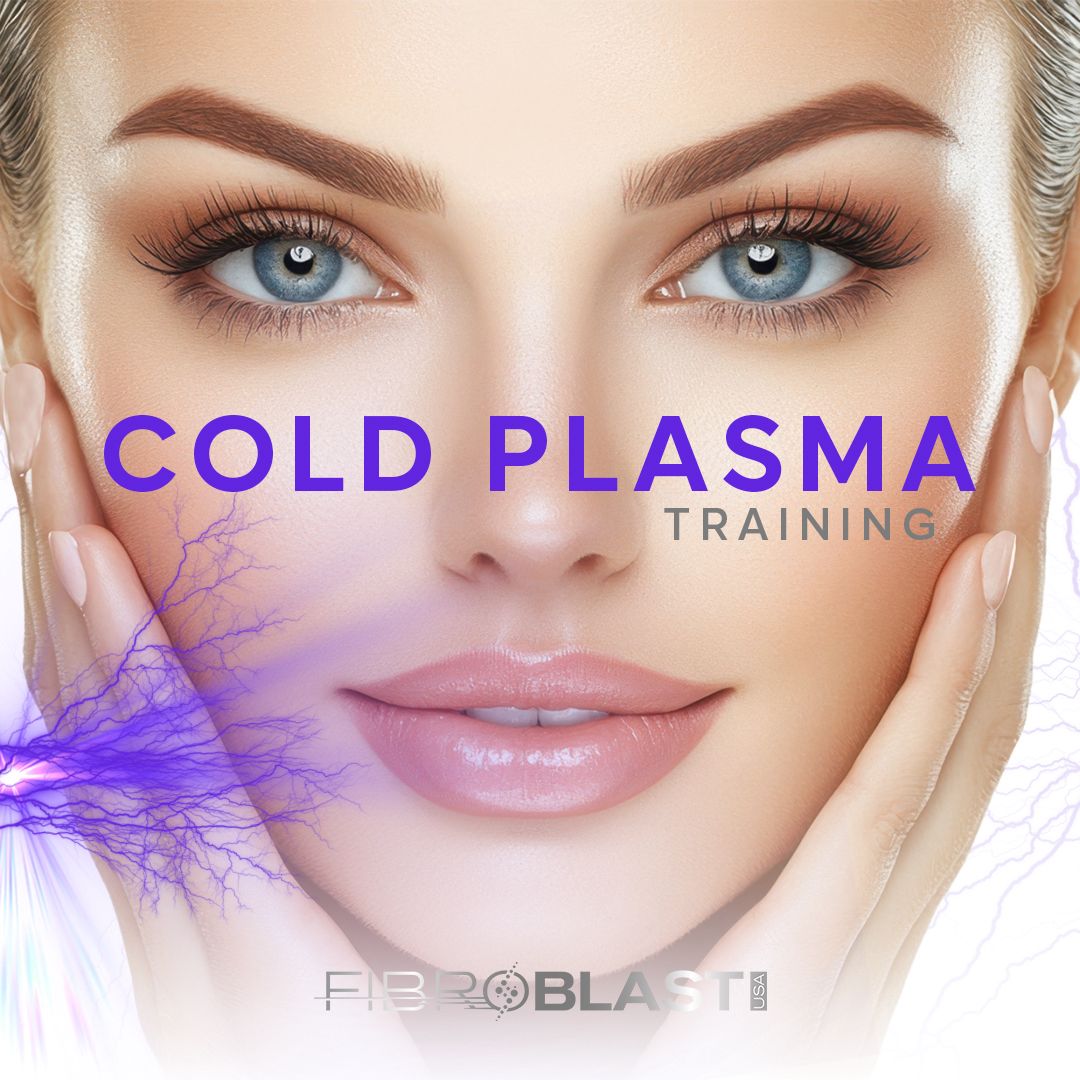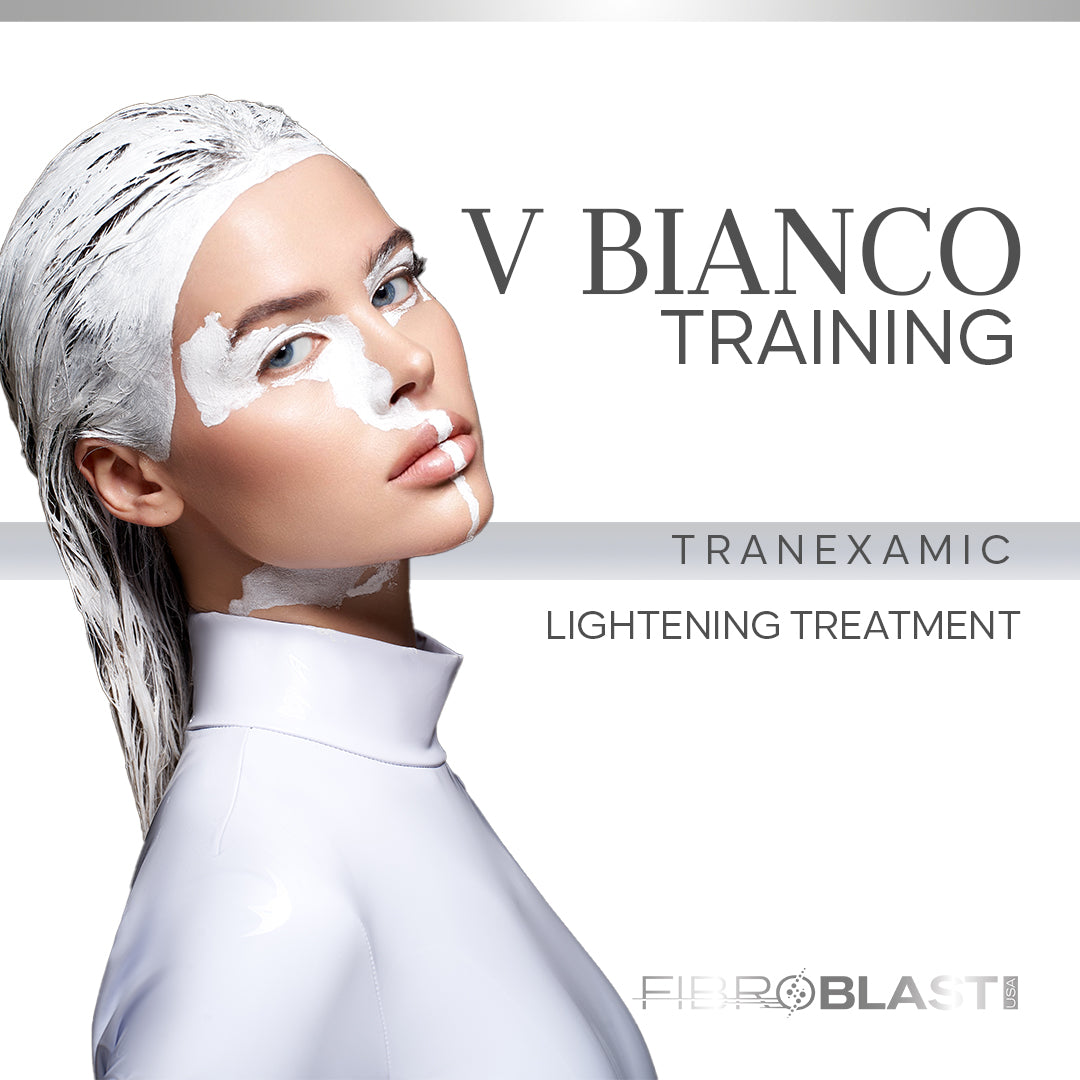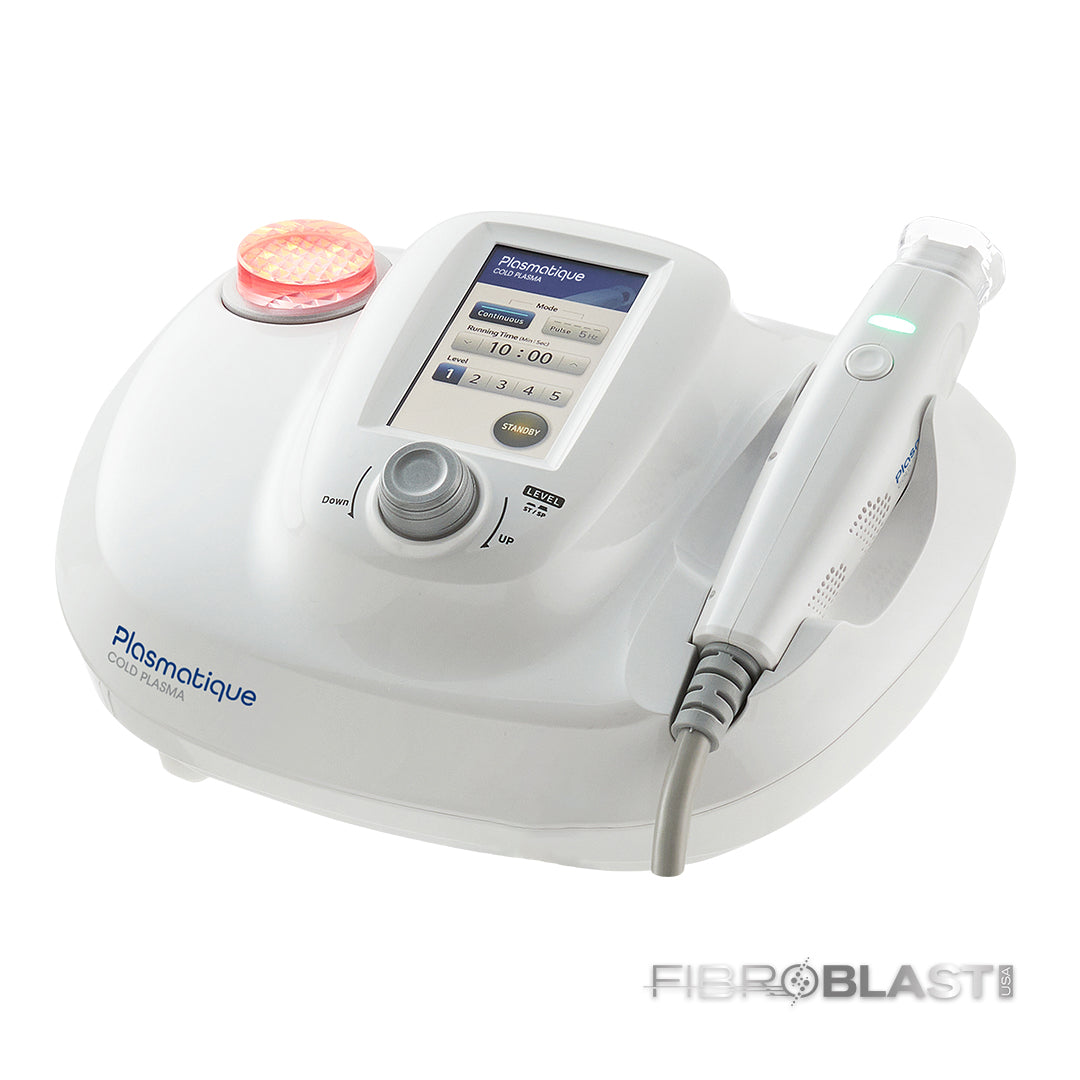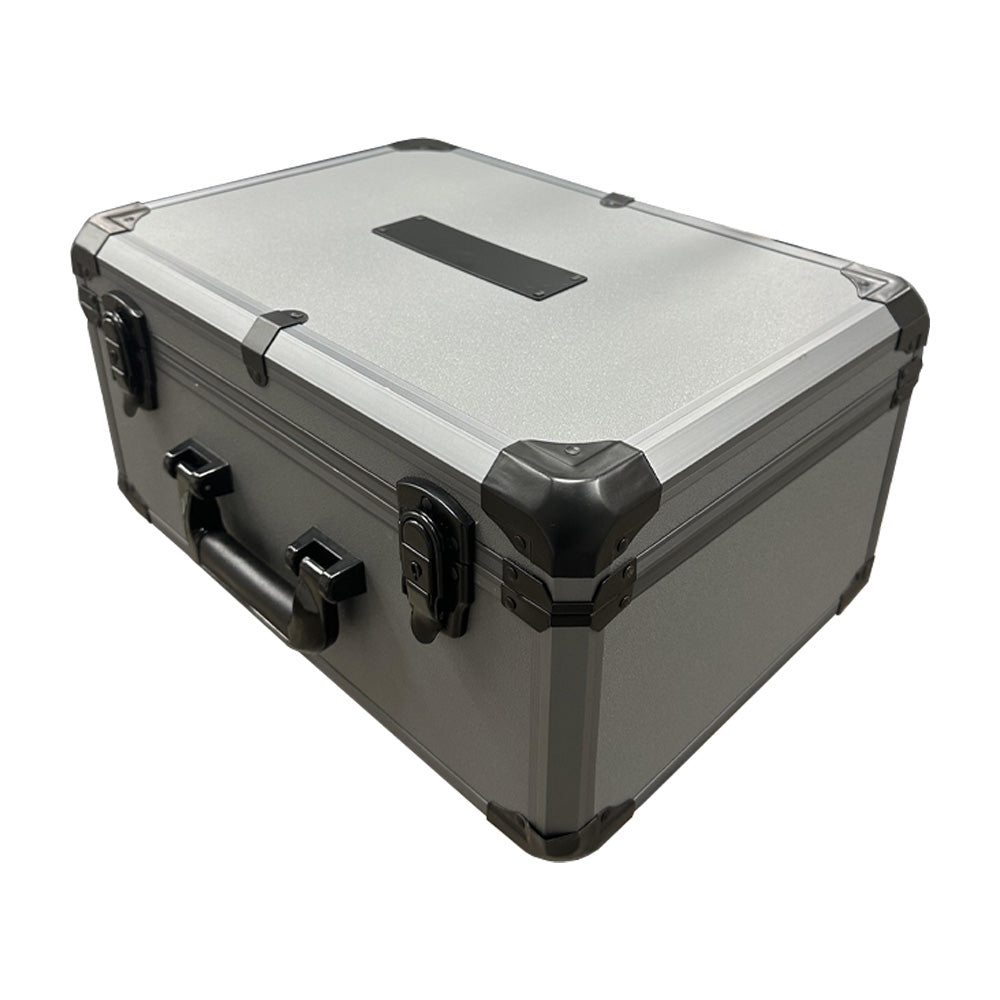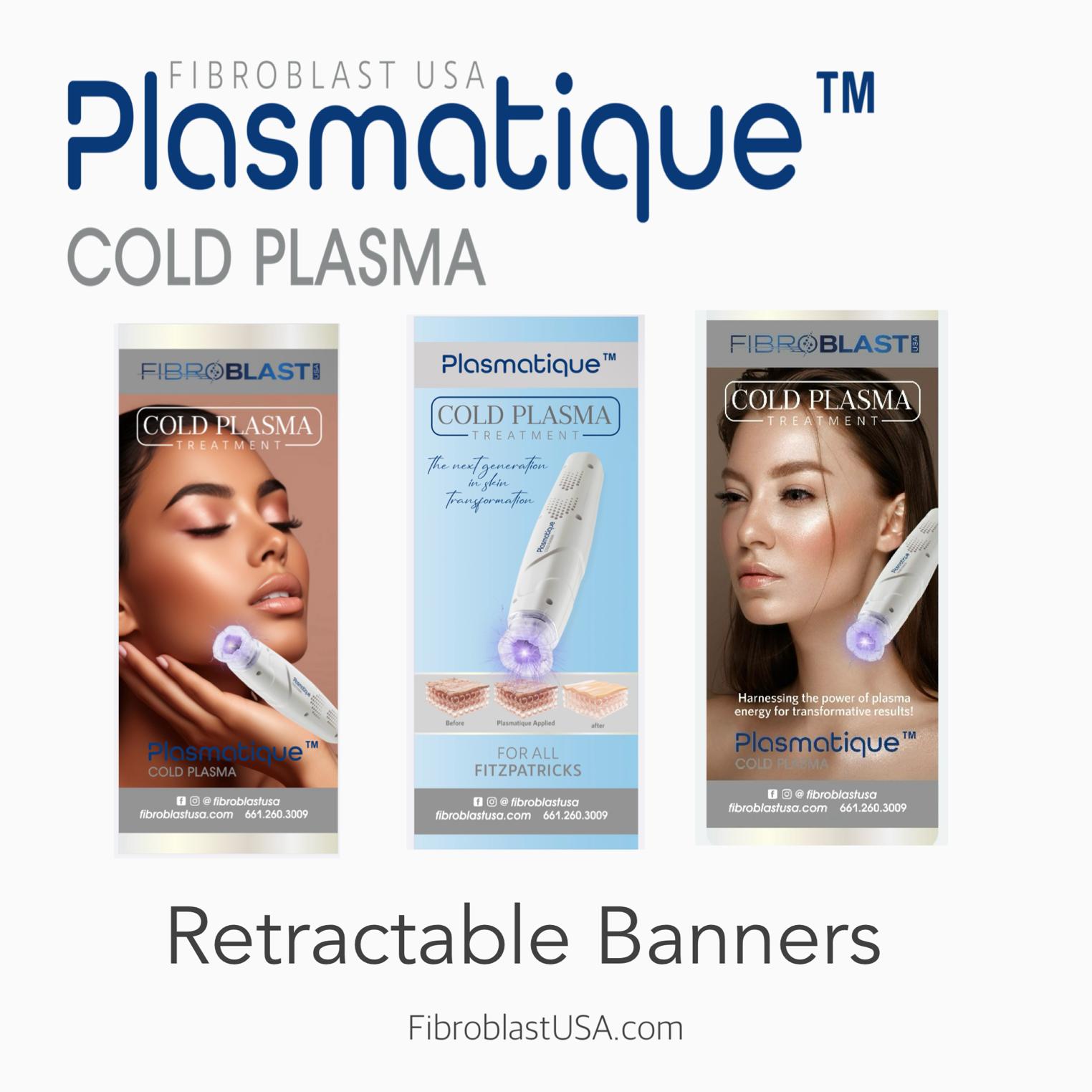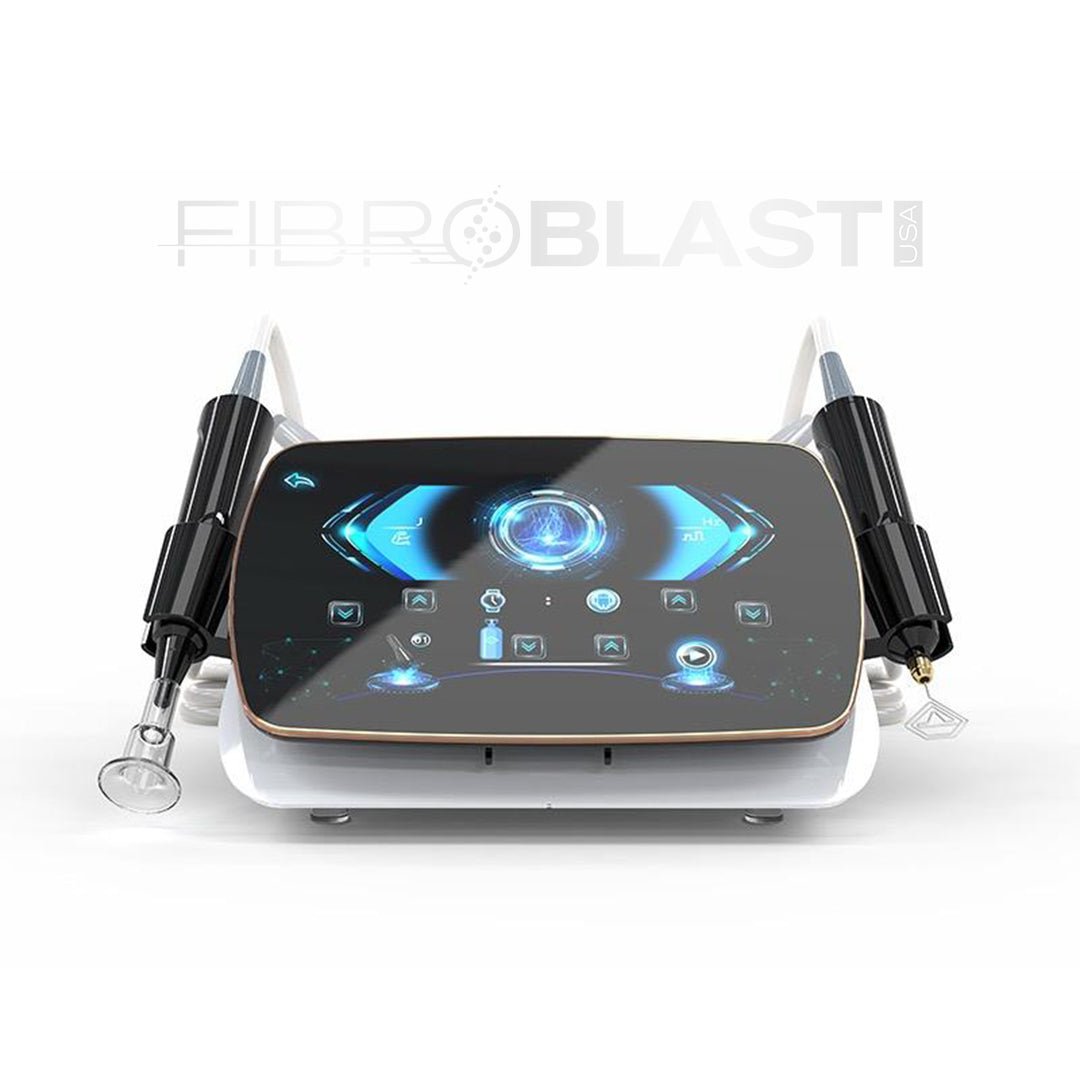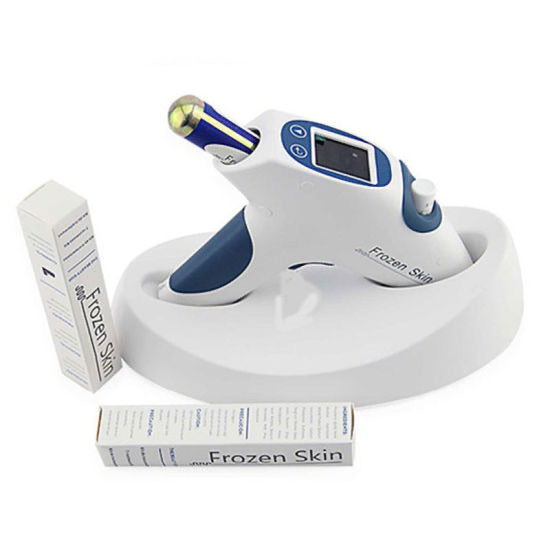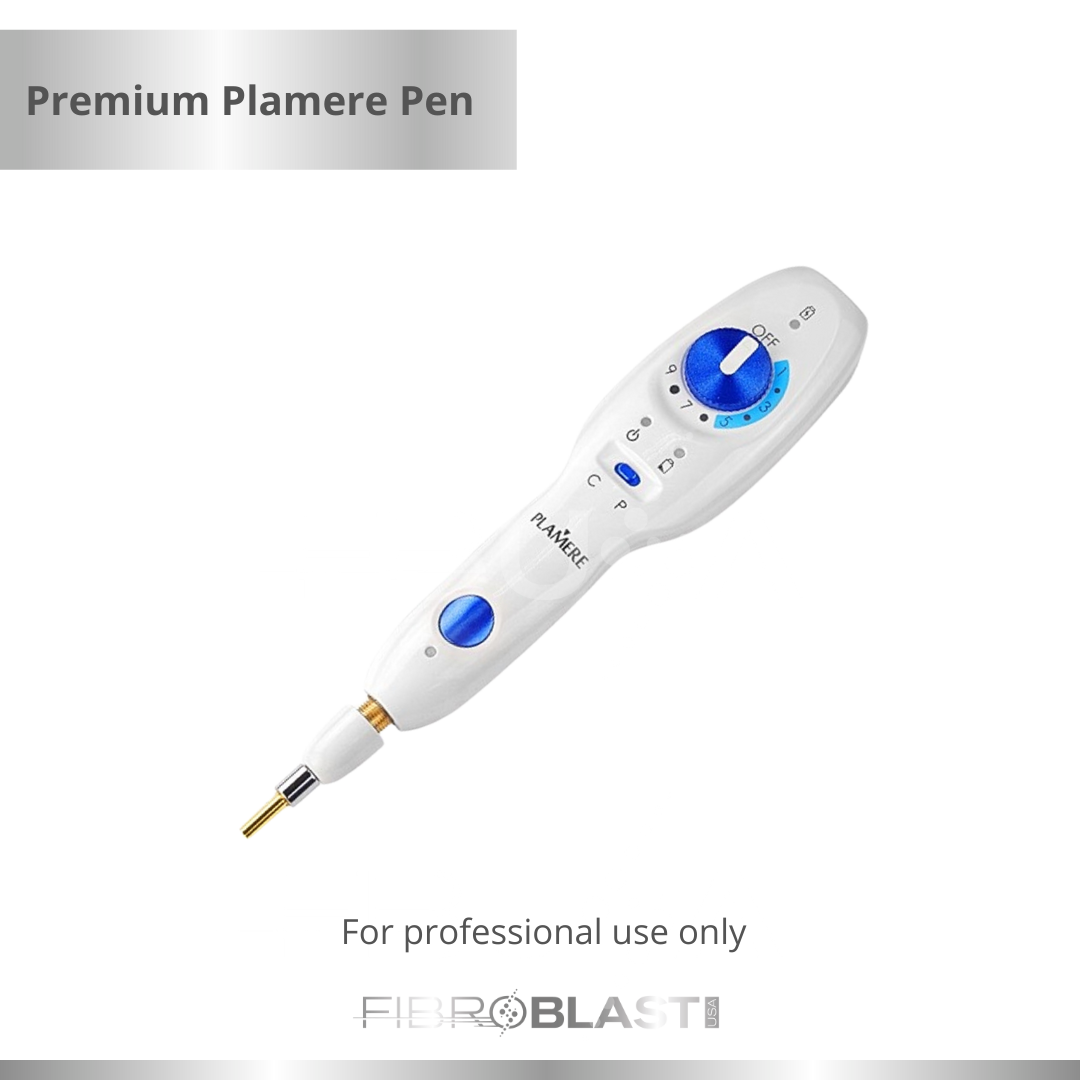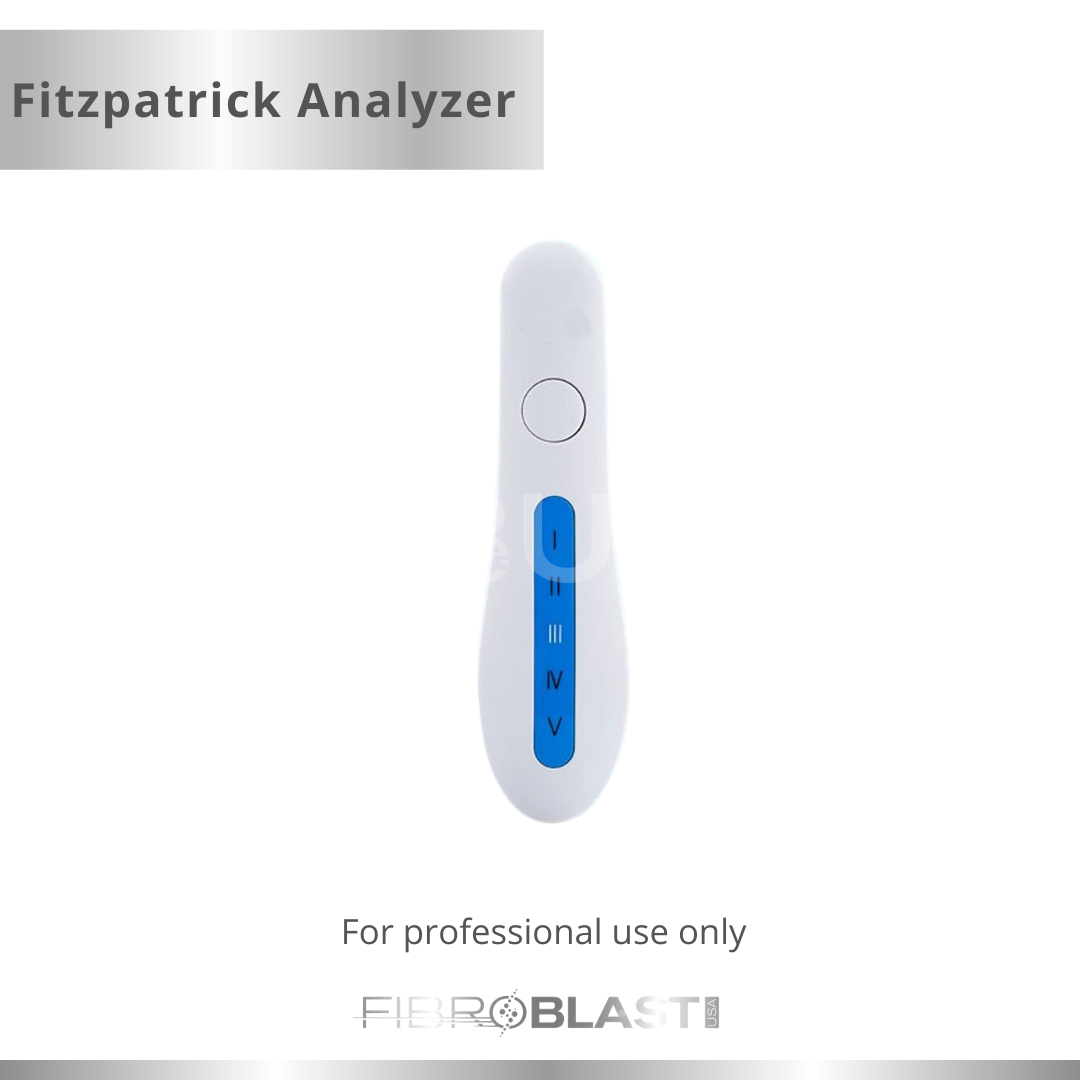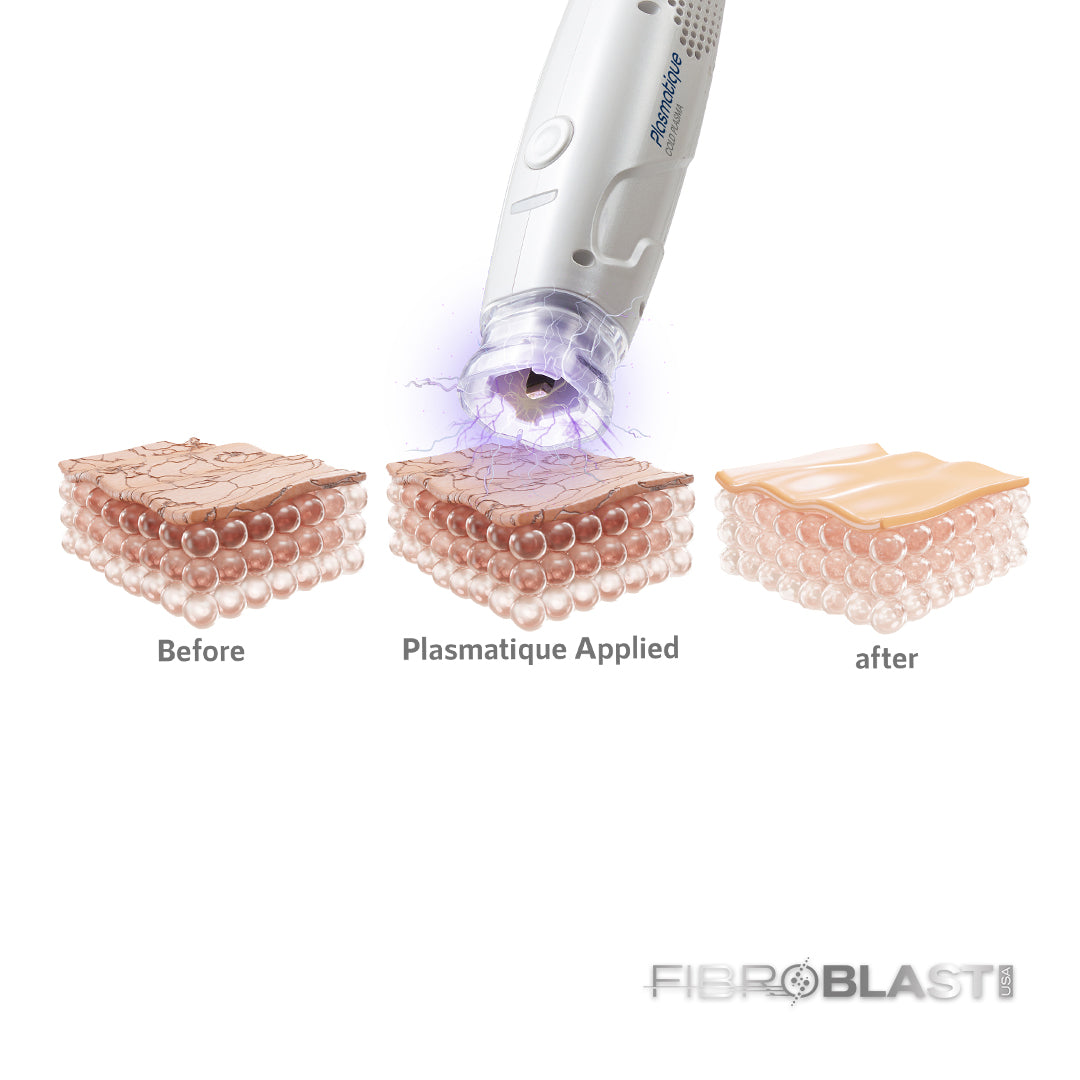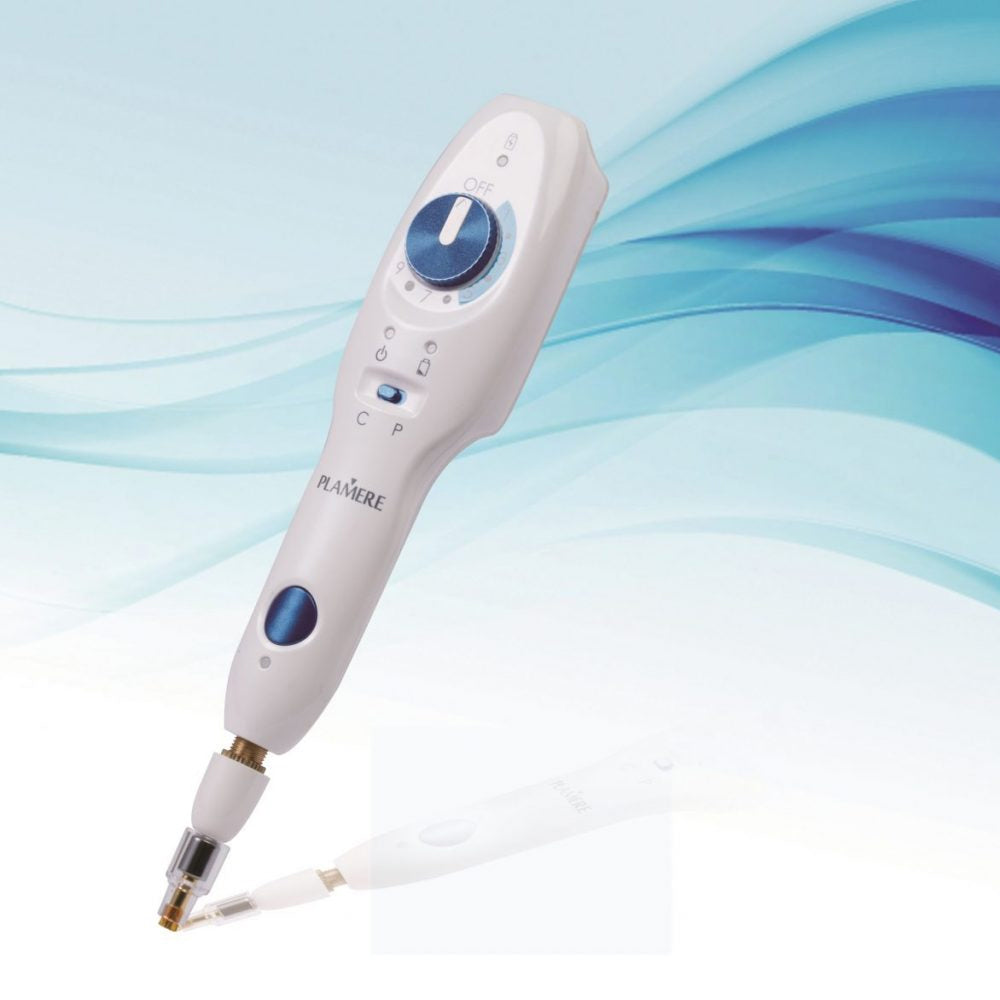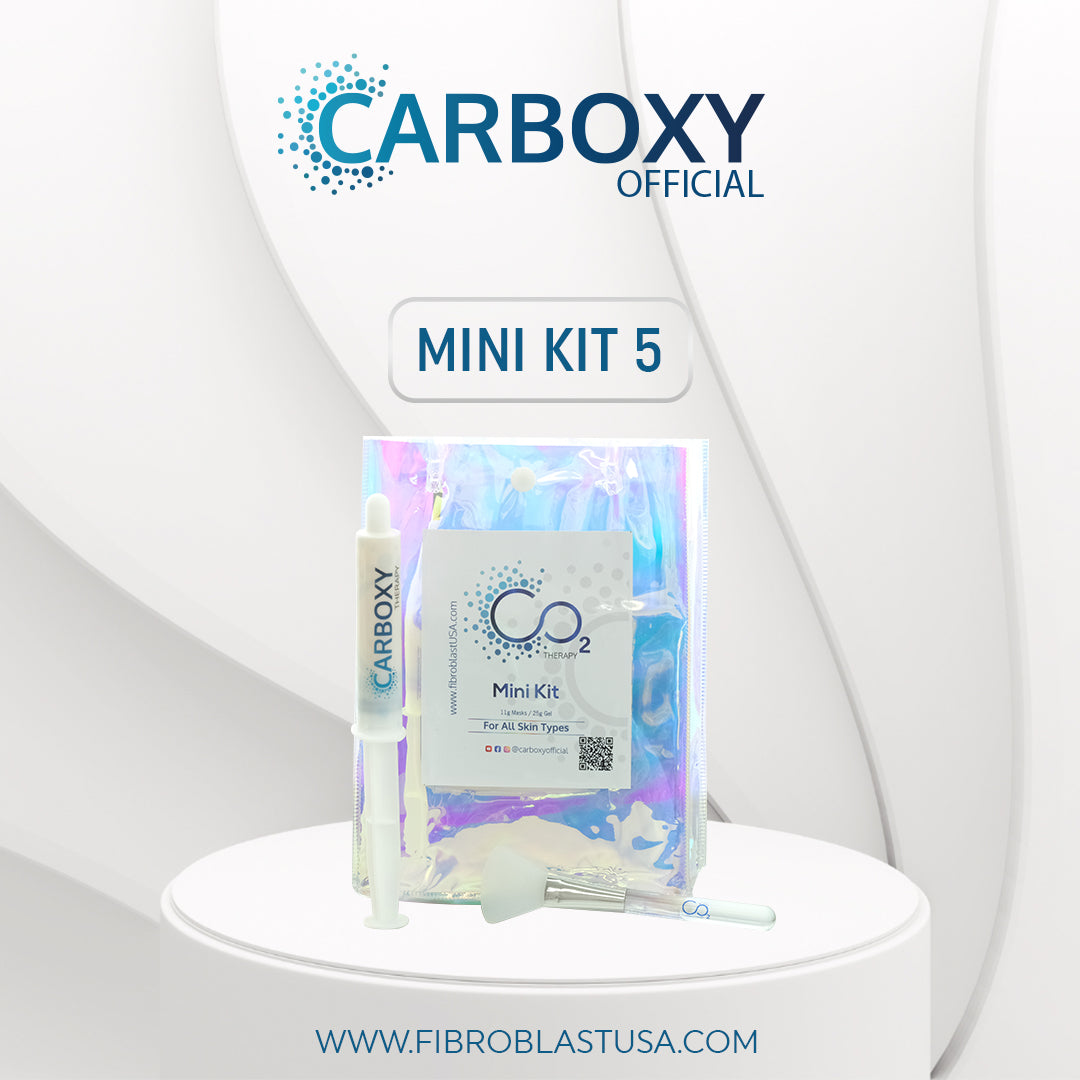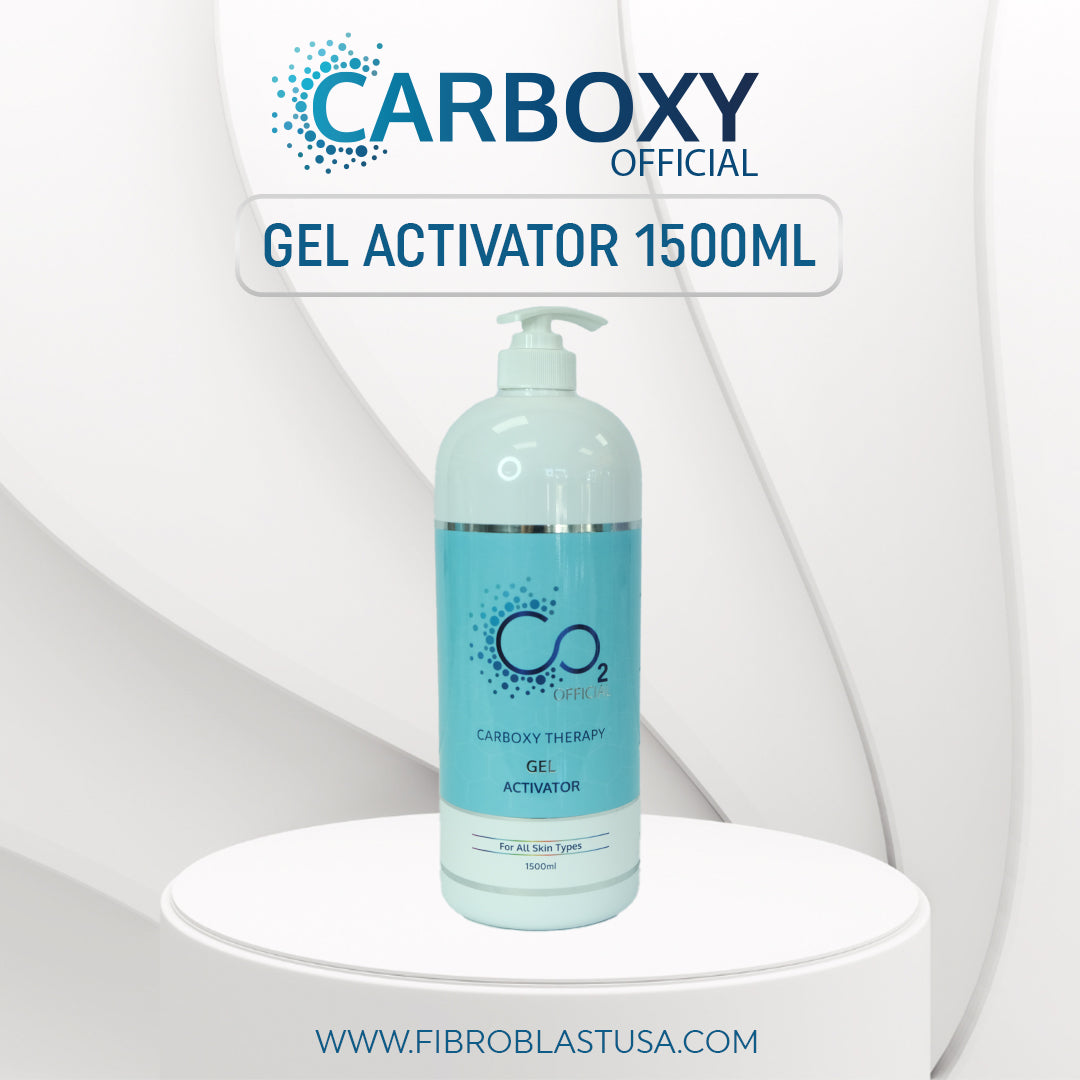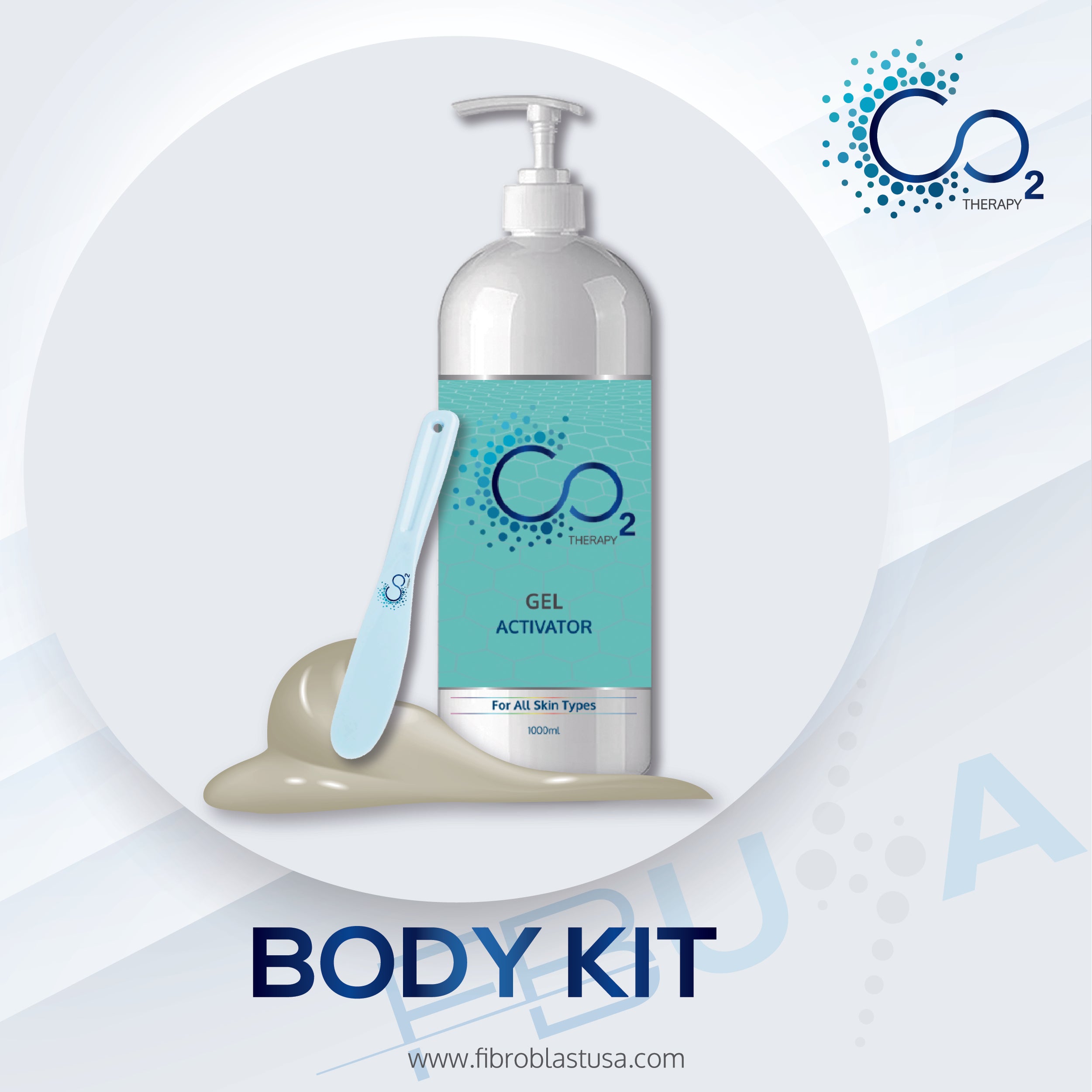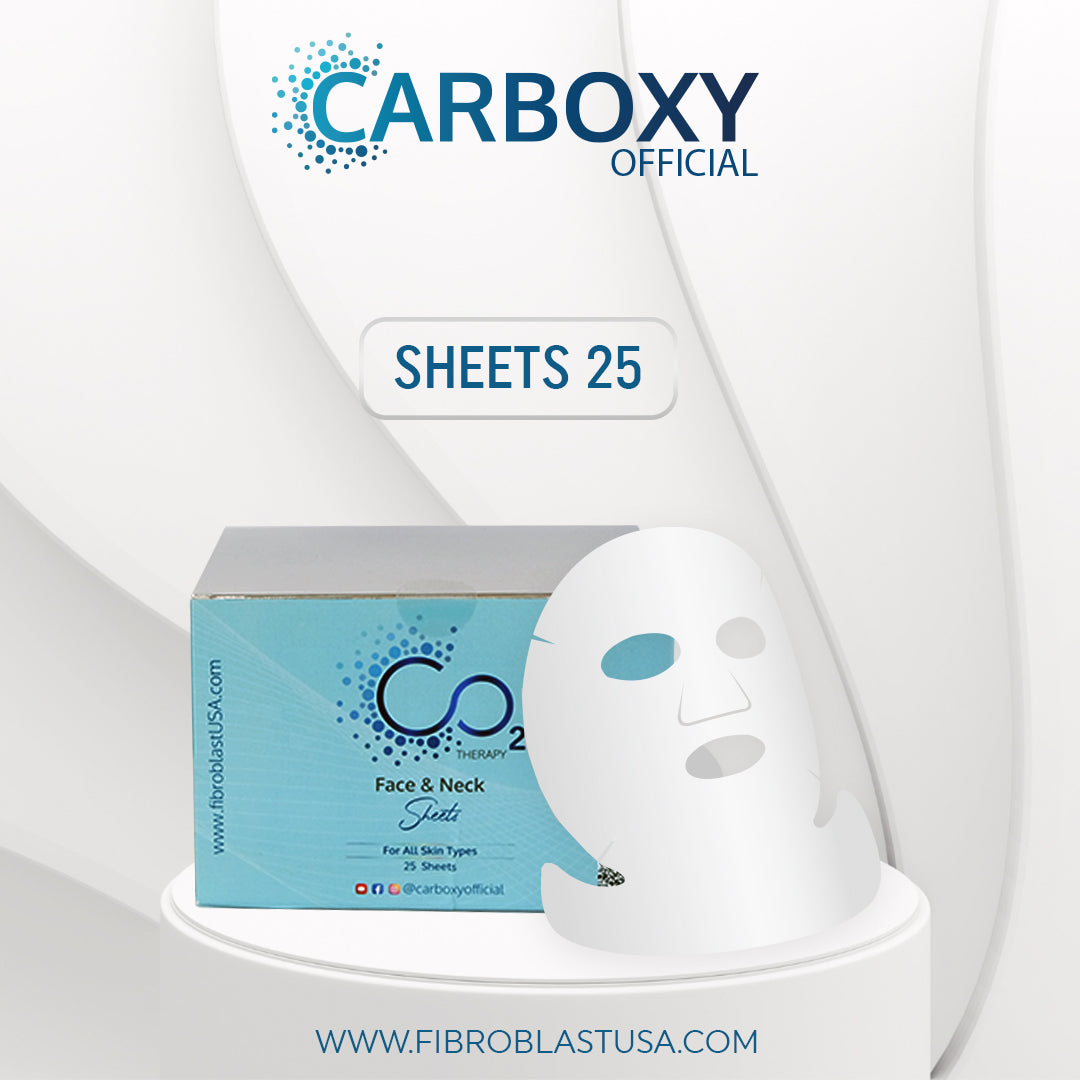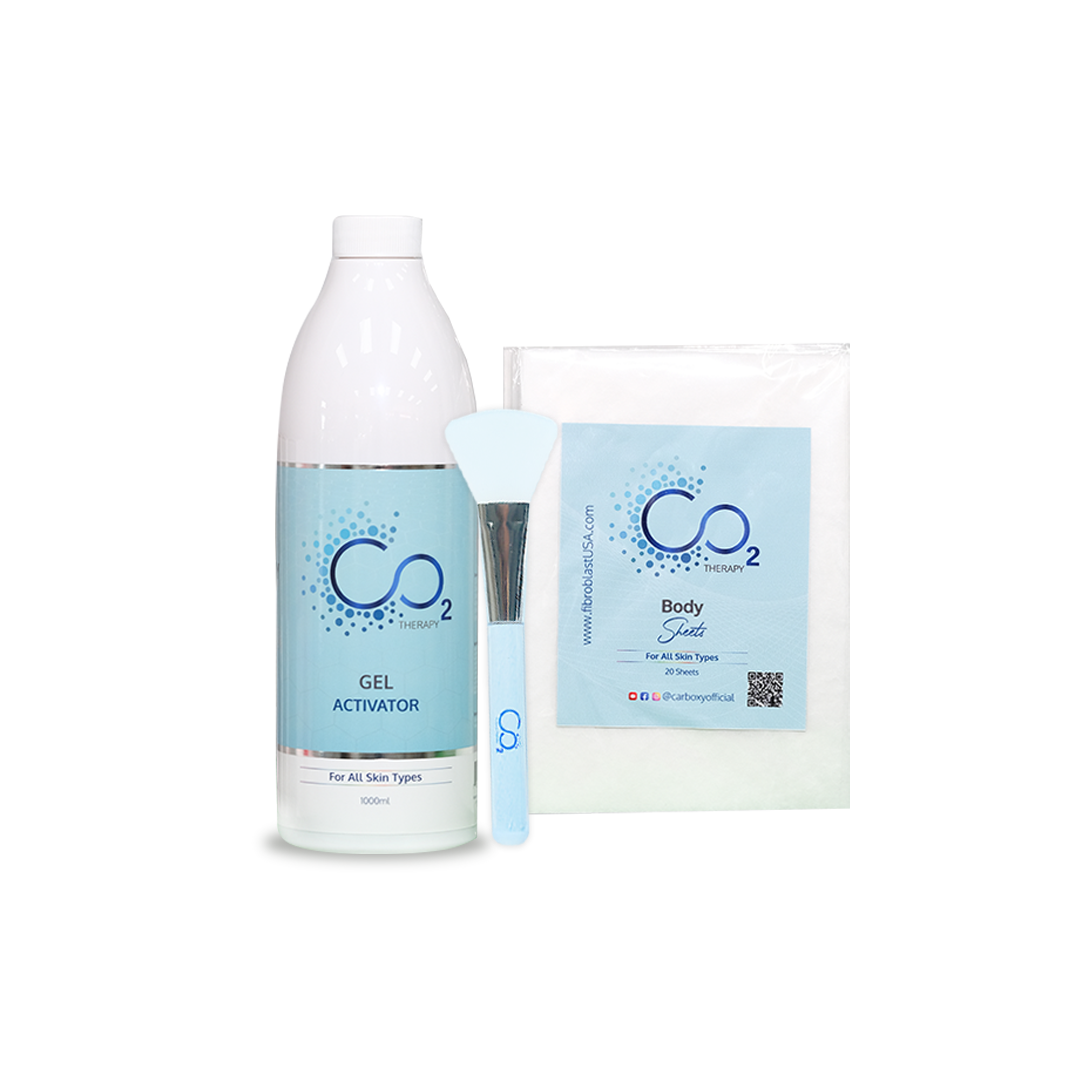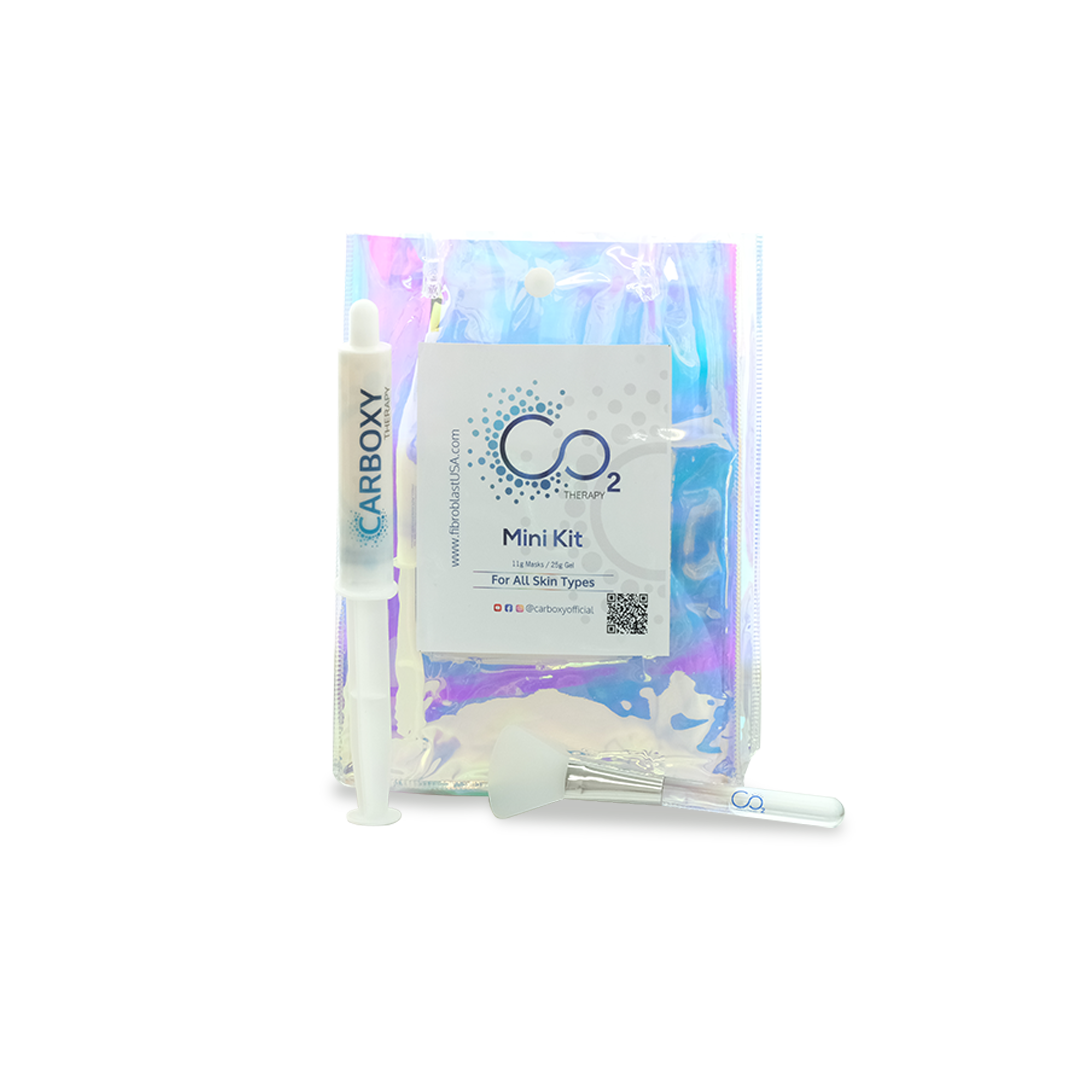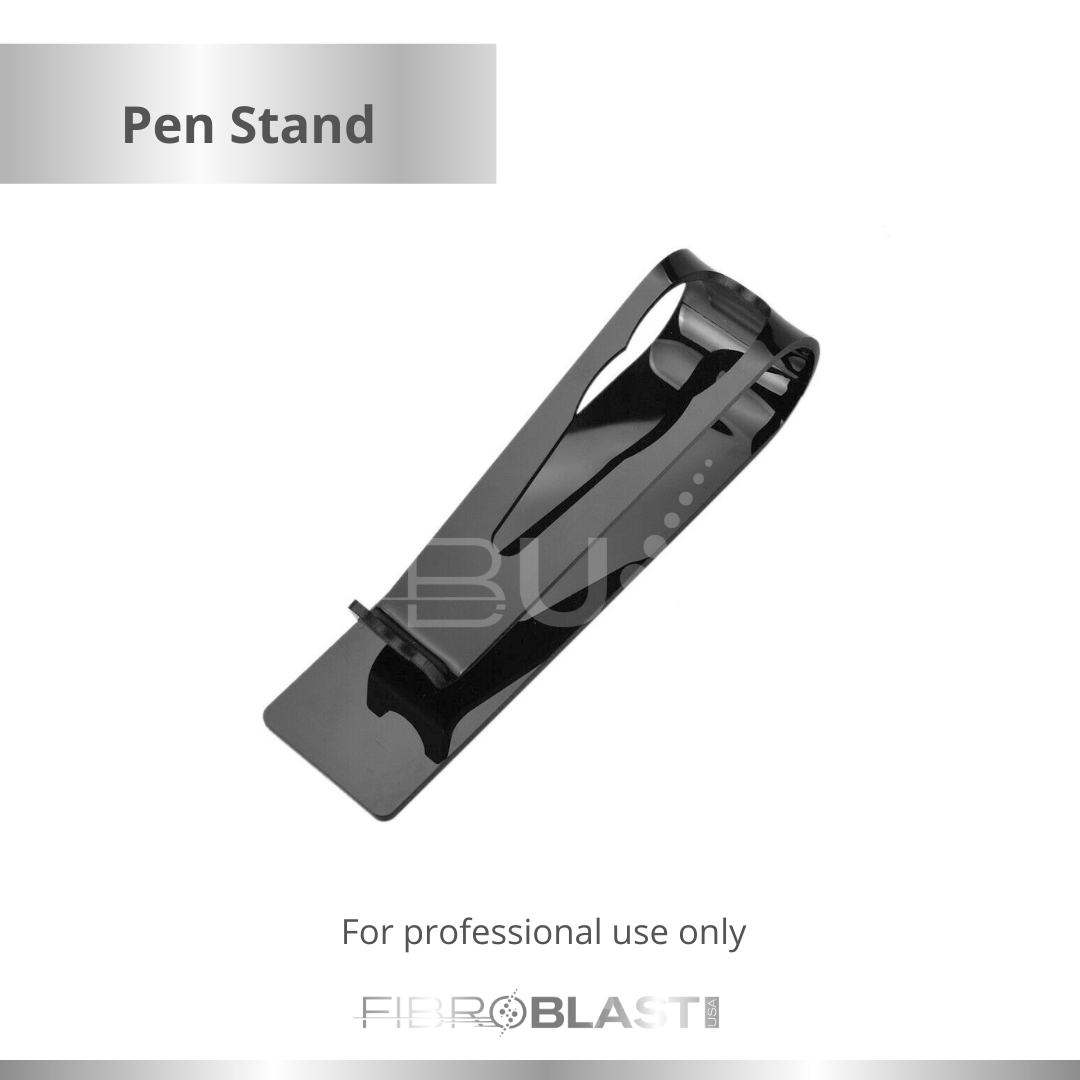Stretch marks and scars from acne are some of the most relentless skin issues, resulting in a long quest for gentle, non-invasive, and effective methods. Over-the-counter creams and exfoliating agents provide little efficacy-on their own, while plasma collagen therapy comes with the medical backing to rejuvenate the skin's texture, elasticity, and tone. FibroblastUSA emphasizes the science of the treatments it offers. This article discusses how plasma-based treatments and assistive therapies help remove scars and stretch marks-no fake promises.

Understanding the Science: Collagen Therapy Explained
Another way to refer to plasma collagen therapy is plasma fibroblast therapy. This non-invasive procedure is aimed at tightening the skin by stimulating the regeneration of collagen and elastin through a series of tiny injuries to the skin. The treatment engenders fibroblast activity deep within the dermis by means of controlled arcs of plasma energy, thus triggering a repair response that is akin to a healing response triggered by microneedling or platelet-rich plasma (PRP) but with unique advantages.
Plasma therapy promotes skin tightening by stimulating collagen production, thereby reducing the appearance of stretch marks, acne scars, and other textural irregularities. This procedure is especially useful for individuals with striae rubra (red stretch marks) and early-stage acne scars, while deeper scars may require combinatory treatment methods.
Clinical Validation & Safety Considerations
On the contrary, speculation-driven skin care trends never ended up translating into the real world. Conversely, plasma fibroblast therapy enjoys dermatologically-backed evidence demonstrating collagen induction, skin elasticity augmentation, and epidermal resurfacing. The few clinical trials that have been directly comparing PRP with carboxytherapy and microneedling have proven, time and again, the gradual, long-lasting improvements induced by plasma therapy in depression and tone of scars.
However, as with any medical procedure, safety should never be compromised. An in-depth assessment of the skin should be placed at the top of the list for anyone who might be a candidate, especially those with darker skin tones or an increased risk of hyperpigmentation. Minor side effects like redness, swelling, and temporary peeling are perfectly normal and usually resolve within a couple of days.

Targeting Stretch Marks & Acne Scars Effectively
Plasma collagen therapy is suitable for a range of scar types:
- Stretch Marks (Striae Distensae): Both striae rubra and striae alba respond well, especially when combined with topical collagen support.
- Acne Scars: Ice pick, boxcar, and rolling scars can be treated effectively with PRP microneedling or plasma arc resurfacing.
The treatment initiates finely controlled micro-injuries to the dermis, provoking some tissue contraction and new collagen synthesis without harming adjacent skin-the results, however, become visible in a gradual manner where changes take place often over 3 to 18 months, depending on the severity of scarring and treatment adherence.
Boosting Results: Products That Work in Synergy
To enhance your plasma collagen treatment outcomes, FibroblastUSA offers a curated selection of supportive products:
✨ Webinar Skin Glow Mask
Shop Now
Formulated for post-treatment care, this mask calms inflammation, reduces redness, and supports the healing phase with antioxidant-rich ingredients. Ideal for use during downtime to accelerate epidermal repair.
✨ CO2 Carboxy Therapy 25 Kit
Shop Now
This treatment enhances oxygenation and circulation, supporting collagen remodeling. It is a strong adjunct to plasma therapy, particularly in areas with mature stretch marks or low skin density.
✨ Thesera - Collagen Thread Kit
Shop Now
Ideal for reinforcing skin structure, the Thesera kit uses non-invasive threads to further tighten and lift skin. It can be used post-fibroblast for lasting texture correction.
✨ Arum Vital Bioactive Collagen Peptides
Shop Now
This oral supplement delivers hydrolyzed peptides that support systemic collagen regeneration. Clinical studies show improved skin hydration, elasticity, and scar healing when used continuously for 60–90 days.
How It Compares: PRP vs Laser vs Plasma
|
Treatment Type |
Invasiveness |
Downtime |
Best For |
|
PRP Therapy |
Mild |
1–2 days |
Acne scarring, fine lines |
|
Laser Resurfacing |
Moderate |
5–7 days |
Deep wrinkles, pigmentation |
|
Plasma Collagen Therapy |
Mild–Moderate |
2–5 days |
Stretch marks, acne scars, tightening |
Plasma collagen therapy uniquely combines tightening, scar reduction, and collagen induction with minimal downtime and non-ablative skin interaction.
What to Expect: Procedure & Recovery
- Treatment Time: 30–60 minutes depending on area
- Sensation: Tingling or warmth; numbing cream used
- Downtime: 2–5 days of redness, mild peeling
- Results: Gradual improvement over weeks to months
Proper aftercare is essential—avoid UV exposure, active acids, and friction. Use the Webinar Glow Mask and CO2 Kit for optimized recovery.
Final Thoughts: Science-Backed, Skin-Safe Results
Plasma collagen therapy is not a miraculous cure, but a scientifically-proven, viable and safe treatment when performed properly. At FibroblastUSA, we believe in the renewal of one's skin with a basis grounded in reality and not empty assertions. Whether you are fighting stretch marks from pregnancy or acne scars from your teenage years, our therapies will give you back confidence with evidence, with results that speak for themselves.Explore our full plasma care range and begin your journey toward smoother, stronger skin.
Explore More at FibroblastUSA.com
Frequently Asked Questions
1. Does plasma remove acne scars?
The collagen produced from plasma therapy acts wonders in the presence of scars caused by acne. It stimulates activity in fibroblasts and encourages the formation of new collagen with elastin. Being unable to get rid of scars completely, it slowly withers away, especially for rolling, boxcar, and ice-pick scars when combined along with treatments like PRP microneedling.
2. Does plasma pen work on acne scars?
Plasma pen creates controlled plasma arcs into the dermis, causing micro-traumas around which collagen and tissue remodeling occurs. It is particularly effective for shallow acne scars and textural irregularities. However, as for all treatments, results are variable and depend on individual scar type and the patient's skin sensitivity.
3. Can acne scars be 100% removed?
None claim to cure the patient of acne scars completely. Although plasma collagen therapy, PRP injections, and supportive skin regimen yield as much as possible of improvement in not only bringing about but also long-lasting improvement in skin tone and texture, these treatments focus on bruising and resurfacing scars to make them less visible, not on complete eradication.
4. Does plasma work for acne?
Such skin treatments with plasma are not the primary choice for active acne, but they have something to do with improving the skin structure, diminishing post-inflammatory hyperpigmentation, and getting rid of remaining scars associated with acne. For further healing and fortification of acne-affected skin, CO2 Carboxy Therapy Kit and Arum Vital Bioactive Collagen Peptides can also join.
5. Does plasma skin tightening really work?
Yes. Plasma fibroblast therapy is clinically proven to provide various effects of non-surgical skin tightening, which involves the contraction of tissue and remodeling of collagen. It is particularly recommended in areas that are susceptible to stretch marks and post-acne texture loss since improvement is apparent and visible in about 3–18 months.
6. How long does plasma skin tightening last?
The results of plasma skin tightening are almost permanent, usually for 2-3 years, although this will depend on age, skin condition, and post-treatment care. The firming can also be assisted by giving the skin continuous treatment with the Webinar Skin Glow Mask and Thesera Collagen Threads.
7. How much does plasma skin tightening cost?
They vary on the basis of provider, geographical location, and treatment area. Generally, a single session can range on average around $300-$1,000. Most treatment plans consist of 2-4 sessions. FibroblastUSA recommends its best complementary products like Arum Collagen Peptides during skin support and well after recovery.


